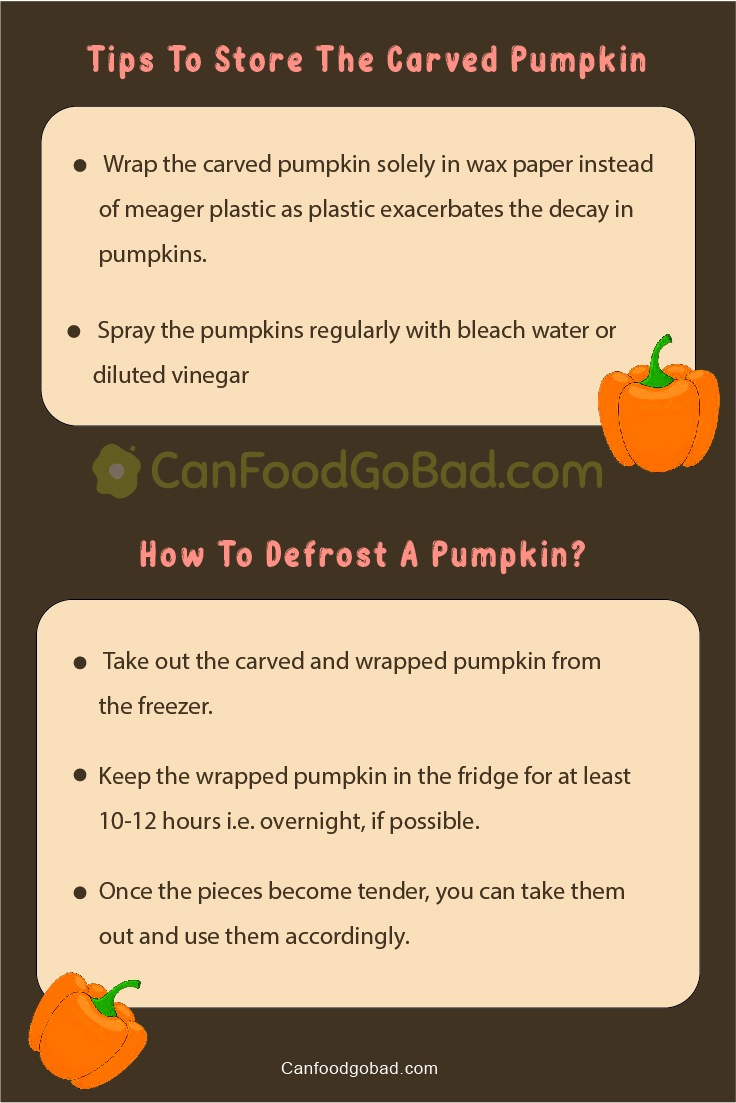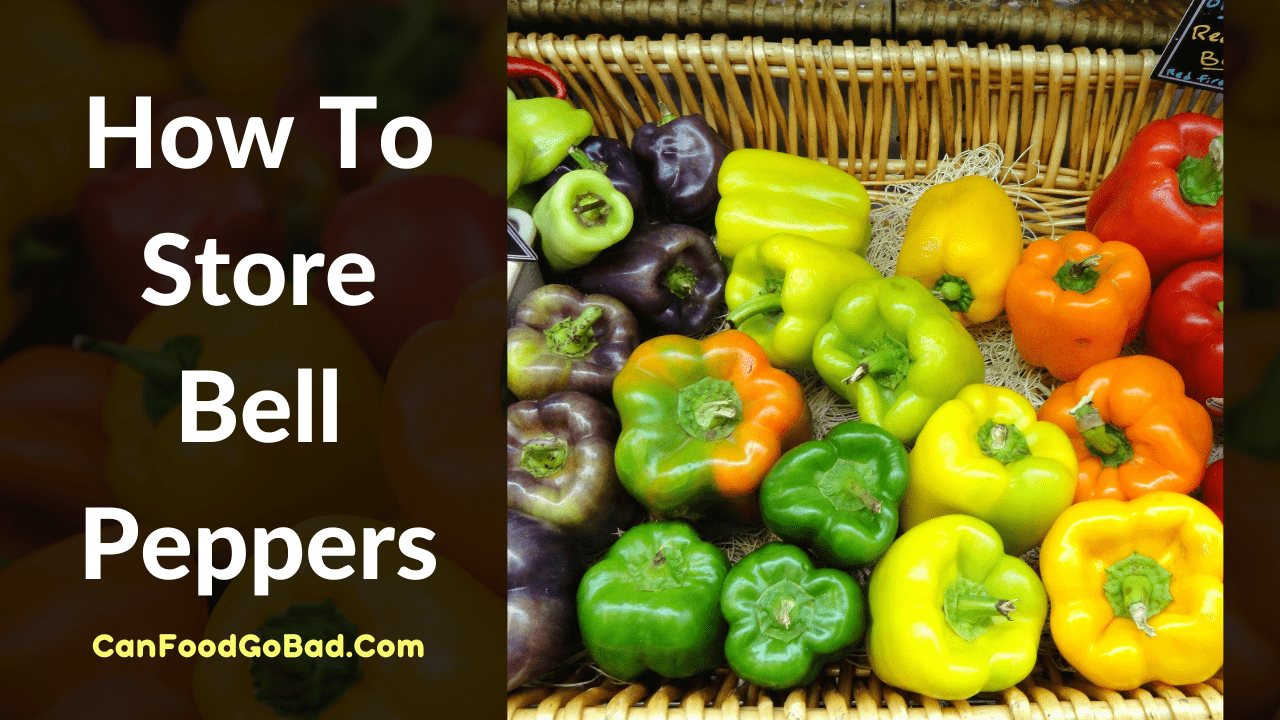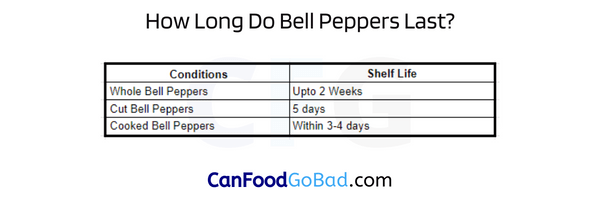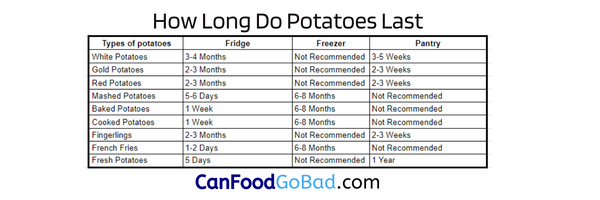How Long Do Tomatoes Last?: If you can get a penny each time a recipe requires tomatoes, you will be a millionaire by now. These bright red, yellow, and green fruits are every household’s must-have.
Ever bought a pack of tomatoes from the supermarket and wondered – How long do tomatoes last? No worries, we got you covered. In this article, we will be telling you about the shelf life, expiry dates, and professional storage tips for your tomatoes.
Let’s dive in!!
- How Long Do Tomatoes Last?
- Which Are Better Ripe or Unripe Tomatoes?
- How To Store The Tomatoes?
- Tips To Store Tomatoes
- How To Tell If Tomatoes Have Gone Bad?
- How To Defrost Tomatoes?
- Can tomatoes last 3 weeks?
- How long can you refrigerate the tomatoes?
- Can you put tomatoes in the fridge?

How Long Do Tomatoes Last?
Given the tomatoes’ importance in our kitchens, it is natural to have a piqued curiosity about their shelf lives. The exact expiry dates for tomatoes depend on a multitude of factors like the quality of tomatoes, storage facility, farming techniques, etc. Moreover, the ripe and cherry tomatoes seem to last longer than their unripe siblings. Check out this table to get an overview of the shelf life of tomatoes.
As you may notice, even the ripe ones are bound to go bad quite early due to high water content. Therefore, it is salient to adopt scientific storage strategies to stick out the shelf lives.
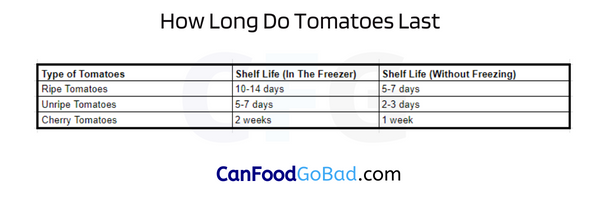
Which Are Better Ripe or Unripe Tomatoes?
Unlike other perishable fruits, tomatoes can be consumed in both ripe and unripe states. But, this begs a few questions like which tomato is better for making soup? What are the differentiating points between ripe and unripe tomatoes? Allow us to explain.
Ripe Tomatoes – The ripe ones are usually red and yield under little pressure. They are mostly separated from their stalks and used for preparing soups, curries, smoothies, etc. If you are looking for a mouthwatering flavor profile, then blindly pick the ripe tomatoes over unripe ones.
Unripe Tomatoes – Unlike their older counterparts, the unripe tomatoes are pretty young and connected to green veins. They have a firm structure and an undeveloped flavor. Therefore, you may find them green/ yellow fruits with a sour taste. They are good to go for salads and appetizers.
How To Store The Tomatoes?
Now that we are aware of the teeny-weeny shelf lives of tomatoes, let’s talk about some storage tips which will help you stack tomatoes like a pro. However, it is important to remember that the texture and flavors may get manipulated to some extent. So, grab your tomato soup and read through.
At Room Temperature – If you are one of those people who absolutely cannot compromise with taste, then this is what you need to do.
- Wash the tomatoes in cold water properly.
- Keep them in an open bowl or a holed container at your kitchen counter.
- The unripe ones will ripen in 2 days whereas the ripe ones will deteriorate.
- Though the flavor profile will stay the same, tomatoes will go bad pretty fast. So, be prepared for that.
In the Refrigerator – There have been certain myths about storing tomatoes in the refrigerator. However, they fail to mention that, unlike the unripe tomatoes that lose their texture during refrigeration, ripe ones tend to stay the same. If you wish to preserve your tomatoes for extended periods, then give this a shot.
- Wash the tomatoes and dry them with wax paper.
- Place them in a half-covered bowl. Remove the veins from the unripe ones.
- Keep the bowl in a crisper basket or directly in the freezer, depending on how long you wish to store the tomatoes.
Tips To Store Tomatoes
Though the above-mentioned strategies are more than enough, it won’t hurt to enact them more carefully. Henceforth, keep these tips in your mind before you approach your scrumptious tomatoes.
- Always keep the tomatoes in an open bowl as it facilitates trapping moisture.
- Avoid keeping them with other fruits which may produce ethylene gas.
- Keep them away from sunlight as it leads to uneven ripening.
- Store them in a cool place like a kitchen pantry. They are cooler than the room and warmer than the refrigerator.
How To Tell If Tomatoes Have Gone Bad?
Given the tomatoes’ erratic shelf lives, you should be able to tell apart the good and bad ones. Thankfully, the red flags for spoiled tomatoes are quite tangible, thereby making it easier to spot them. Once identified, try to get rid of the bad tomatoes as soon as you can. Some of these signs can be
- They yield easily: Ripe tomatoes are known for yielding easily under slight pressures. After all, why else will we have tomato festivals? If the tomatoes regain their shape after removing the pressure, they are still edible. But, if they get squishy instantly, it’s time to throw them away.
- They have a moldy appearance: If you spot any “funny” spots on the surface of tomatoes like brown and black dots, then this may indicate fungi invasion. Even if you purchase yellow tomatoes, the yellow-at-the-borderline orange ones are not acceptable. It means they are over-ripened.
- If they taste sour or even worse, bitter: Then show them the way out. The infectious bacteria reacts with acetic acid present in tomatoes to give off weird tastes. Similarly, any foul odor can be a sure-shot way of telling that the tomatoes have gone bad.
Check Out:
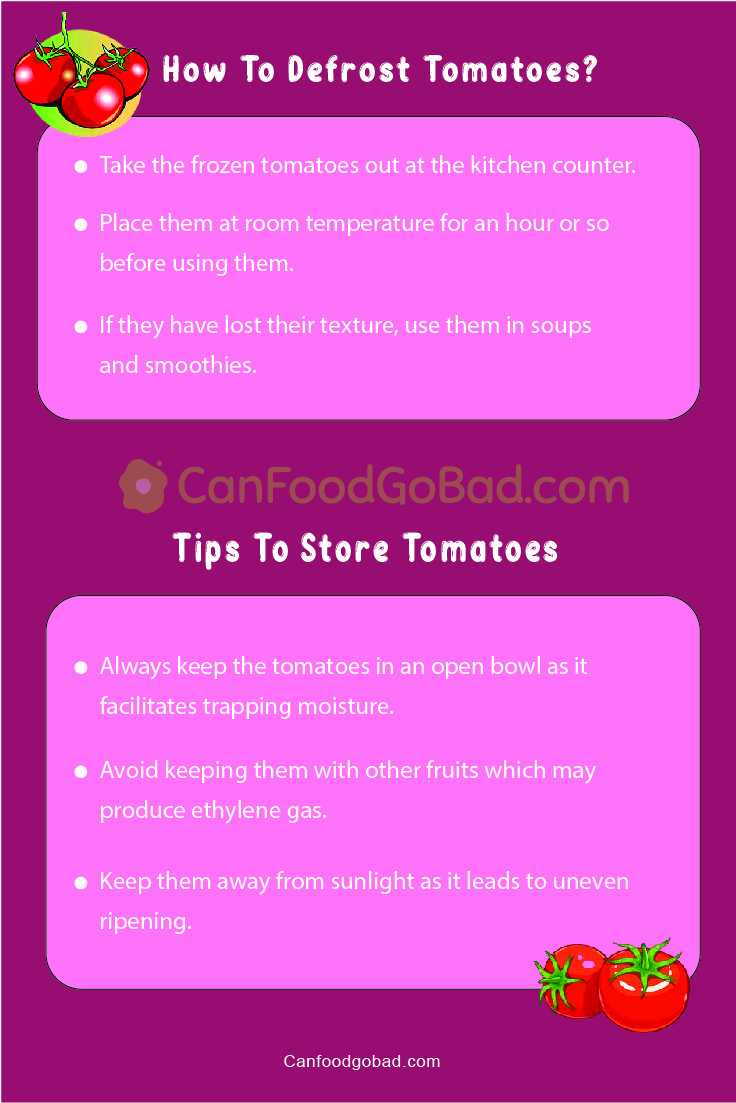
How To Defrost Tomatoes?
There is no point denying the fact that refrigerating tomatoes tend to influence flavor profiles. They may lose their tenderness and taste rather sour. However, it is not always the case with the ripe ones. You can follow some hassle-free tips to defrost the tomatoes. This will promote the retrieval of the natural taste in tomatoes.
- Take the frozen tomatoes out at the kitchen counter.
- Place them at room temperature for an hour or so before using them.
- If they have lost their texture, use them in soups and smoothies.
- The frozen tomatoes can be used for side salads as well.
FAQs on How Long Do Tomatoes Last?
A tomato’s shelf life is a week on the counter and 2 weeks in the refrigerator. Therefore, it is nearly impossible for them to last up to 3 weeks. However, the frozen cherry tomatoes might stay edible for 3 weeks if stored the right way. Keeping them in a cool place and away from sunlight is really important.
2. How long can you refrigerate the tomatoes?
If done the right way, the tomatoes can be stored in the freezer or refrigerator crisper basket for at least 3-4 days. After that, they tend to lose their natural flavor profile, thereby, making it pointless to store them.
3. Can you put tomatoes in the fridge?
Yes, absolutely you can. It is believed that storing fresh tomatoes in your fridge can actually extend their shelf life considerably. However, you might end up with sour tomatoes by the end of the week. The ripe ones tend to lose their natural flavor slower than the unripe ones. So, it is up to you whether you want to save them for a long or conserve their flavor only.
Summary
Hopefully, this article equipped you with all the correct intellectual wisdom required to store your tomatoes properly. Tomatoes are really beneficial for the skin, hair, and immune system. They are storehouses of Vitamin E and Vitamin C. Therefore, it is necessary that you store them meticulously after studying their looks and shelf lives. Check out articles about Can Broccoli Go Bad to know about the shelf lives, expiry dates, and much more for your favorite food items.


